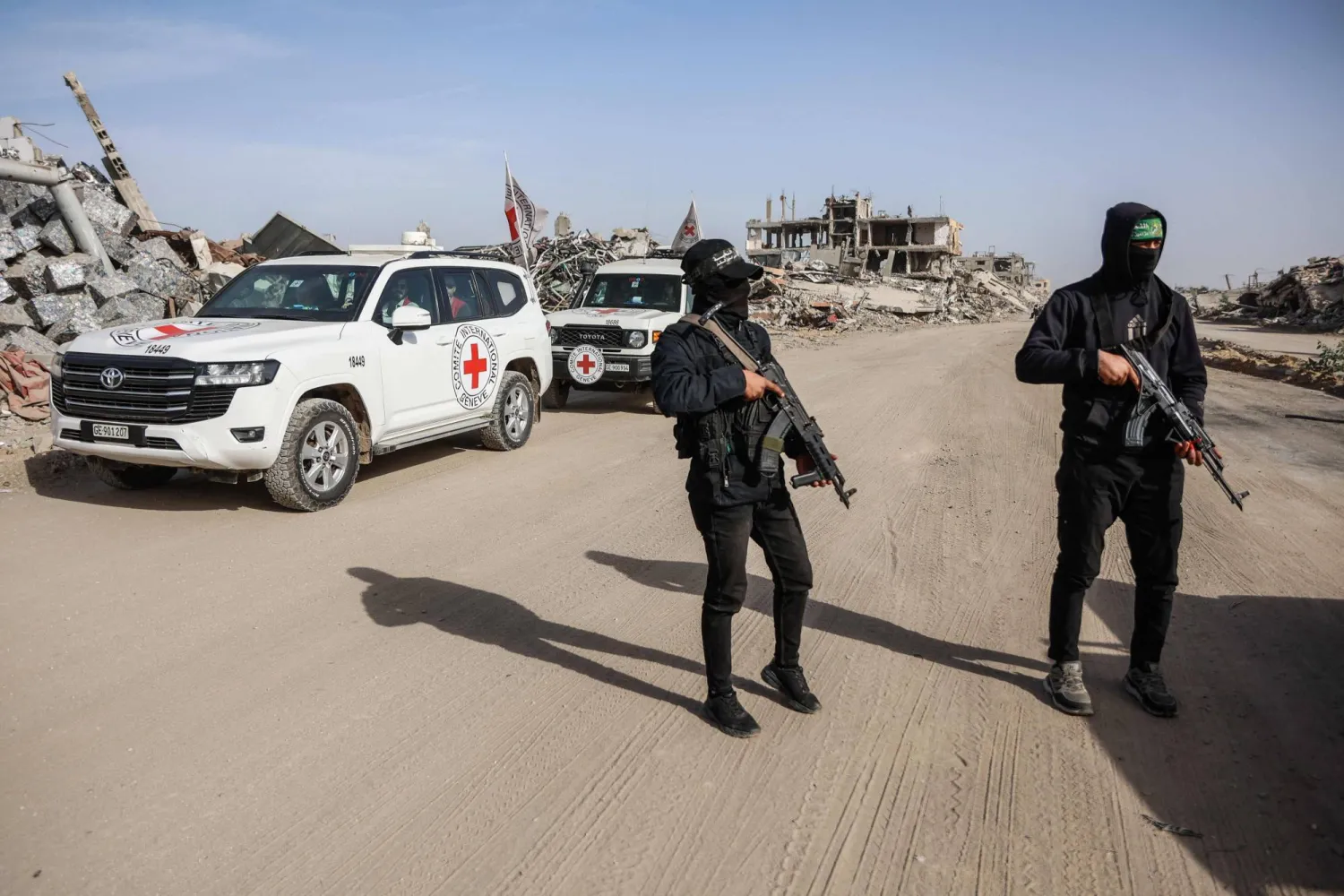The Yemeni legitimate government has said that the Stockholm Agreement has collapsed, accusing Iran-backed Houthi militias of violating pacts and deals.
The government called for the UN Mission to Support the Hodeidah Agreement (UNMHA) to stop functioning and its headquarters relocated after the killing of Colonel Mohammed al-Solaihi in Hodeidah.
In a tweet, Yemeni Foreign Minister Mohamed al-Hadhrami said: "The martyrdom of Colonel Mohamed Solaihi, while performing his duty as part of the UN mission, proves that the (Houthi) group has no convention and that the Hodeidah deal is inapplicable."
“We won't forget Solaihi and his killers," the Minister tweeted.
He also called for UNMHA’s work to stop until the murderers are held accountable, and its headquarters relocated into a neutral zone in Hodeidah to be freed from the Houthi grip.
Government liaison officer Solaihi was shot on March 11 by a Houthi sniper at an observation point in Hodeidah.
He was taken to a hospital in Aden where he succumbed to his wounds on Friday.
Yemeni government spokesman Rajeh Badi told Asharq Al-Awsat on Sunday that the Stockholm deal has collapsed.
He criticized UN envoy Martin Griffiths for not daring to blame the party responsible for shooting Solaihi.
He also described the Hodeidah Agreement as an illusion marketed by the UN envoy and the world. “This agreement has not achieved anything,” Badi explained.
On Saturday, Griffiths described the murder of Solaihi as a “deplorable and unacceptable attack.”
In a tweet, Griffiths expressed his deepest condolences for the tragic death of Solaihi.
"He will be remembered for his service in support of bringing peace to his country,” the envoy said.
The Yemeni government’s senior negotiator in the joint team for the implementation of the Hodeidah deal, Mohamed Aidha, announced the death of the Stockholm Agreement.
In a tweet, he wrote that the “agreement is an illusion pact.”









